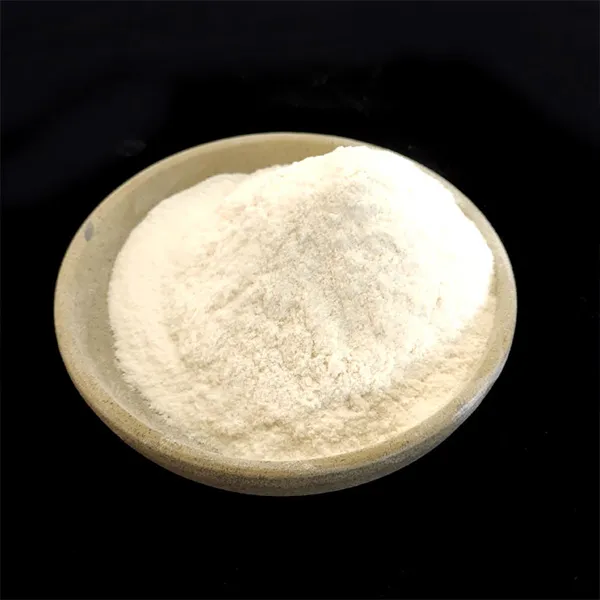Understanding Adhesives for Tile Installation
When it comes to laying tiles, whether for floors, walls, or backsplashes, one crucial yet often overlooked aspect is the type of adhesive used. The right adhesive is essential for ensuring that tiles adhere correctly, providing a durable and long-lasting installation. This article will delve into the different types of adhesives available for tile installation, their properties, and how to choose the right one for your project.
Types of Tile Adhesives
1. Thin-set Mortar Thin-set is one of the most common adhesives used for fixing tiles. It is a mixture of cement, fine sand, and water-retaining agents, and it can be modified with polymers to enhance its performance. Thin-set mortar is ideal for most types of tiles, including ceramic, porcelain, and natural stone. It is applied in a thin layer, making it suitable for many residential and commercial applications.
2. Mastic Adhesive Mastic is a premixed adhesive that often comes in a bucket. It is primarily used for wall tiles and is not recommended for areas with high moisture, such as showers or outdoor applications. Mastic is easy to spread and offers a strong bond, making it a popular choice for DIY projects. However, it lacks the moisture resistance that some other adhesive types offer.
3. Epoxy Adhesive Epoxy adhesives consist of a resin and a hardener that, when mixed, create a strong bond. This type of adhesive is highly resistant to moisture, chemicals, and temperature changes, making it perfect for areas like kitchens and bathrooms, as well as for commercial applications. However, epoxy adhesives can be more expensive and may require special tools for application.
4. Latex-modified Thin-set This is a variation of standard thin-set mortar, with latex additives that improve adhesion and flexibility. It is particularly useful in areas where the substrate may experience movement or where additional moisture resistance is required. Latex-modified thin-set is an excellent choice for larger tiles or when tiling over less stable surfaces.
5. Self-Leveling Adhesives For uneven substrates, self-leveling adhesives can be poured to create a flat surface before tile installation. These adhesives can help alleviate some common tiling issues, ensuring a solid bond and reducing the risk of cracking tiles due to movement.
adhesive for tile

Choosing the Right Adhesive
Selecting the appropriate adhesive for your tile project depends on several factors
- Tile Type Different tiles may require specific adhesives. For instance, porcelain tiles are denser and may need a more robust adhesive than ceramic tiles. Natural stone tiles may also require specialized adhesives to avoid staining.
- Location Consider the environment where the tiles will be installed. High-moisture areas, such as bathrooms and kitchens, require adhesives that can withstand water exposure.
- Substrate Type The surface to which you are applying tiles (concrete, plywood, drywall) can influence your choice of adhesive. For example, certain adhesives perform better on cement backer board than on drywall.
- Project Scale For large-scale projects, investing in premium adhesive might be beneficial for longevity and ease of application. Conversely, for smaller DIY jobs, more economical options might suffice.
Conclusion
In conclusion, selecting the right adhesive is a fundamental step in ensuring a successful tile installation. By understanding the various types of adhesives available and considering the specific needs of your project, you can make an informed decision that will lead to a lasting and beautiful tiled surface. Whether you choose thin-set mortar for its versatility, mastic for ease of use, or epoxy for its durability, each type of adhesive offers distinct advantages. Take the time to assess your requirements, and you will set the foundation for a successful tiling project that stands the test of time.
-
Rdp Powder: Key Considerations for Wholesalers in the Building Materials IndustryNewsJul.08,2025
-
Key Considerations for Wholesalers: Navigating the World of Hpmc - Based ProductsNewsJul.08,2025
-
Hpmc Detergent: Key Considerations for WholesalersNewsJul.08,2025
-
Key Considerations for Wholesalers: China Hpmc For Tile Adhesive, Coating Additives, Concrete Additives, and MoreNewsJul.08,2025
-
Crucial Considerations for Wholesalers: Navigating the World of Construction MaterialsNewsJul.08,2025
-
Key Considerations for Wholesalers Sourcing Additive For Cement, Additive For Concrete, Additive For Putty from Additive Manufacturer Shijiazhuang Gaocheng District Yongfeng Cellulose Co., Ltd.NewsJul.08,2025




